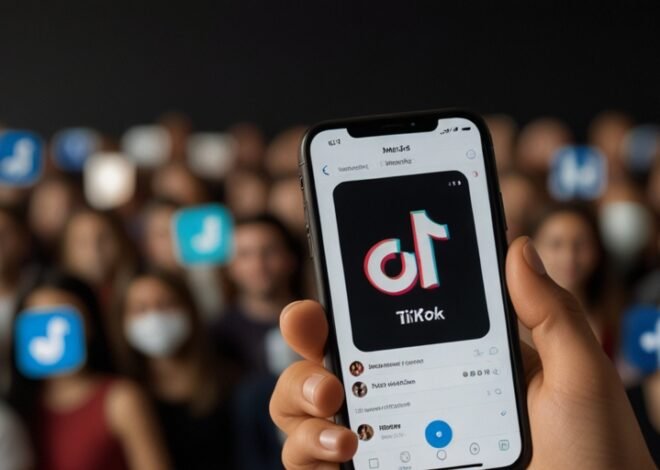
Rise Of Micro Communities Reshapes Social Media Landscape
Social media is going through a fundamental change, with users increasingly wanting to belong to smaller, more intimate online communities. The so-called “micro-community rise,” new trend challenges public platforms’ monopoly and forces online connection and interaction to be reshaped. Platforms such as Discord, Substack, and various niche social networks are striving at the moment, receiving more requests from users who want to have real contacts and more focused conversations.
Micro-communities have appeared to come about due to the increasing hunger for realness and deeper connections in a deafening and overcrowded digital world. People have grown dissatisfied with the cold and transparent quality of the major social networks and subsequently turned to these spaces, which can draw them to kindred individuals interacting over fit interests or topics. These smaller communities bring forth this sense of closeness and connection that is often missing from other platforms.
The leading edge in this revolution of micro-communities is the content creators and the KOLs who use micro-communities as a vehicle for stronger ties with their most loyal fans. Many of them prefer to open private Discord servers, Substack newsletters, and access restricted social media groups where they can have a closer relationship with their audience. This fundamental change allows the creators to generate more engagement and loyalty towards their fanbase. At the same time, it gives a space for controlled content distribution.
Moreover, the flower of micro-communities is becoming the new field where the game of online conversation is being played. In these smaller and more target-oriented groups, people can easily express themselves and have fruitful discussions. This triggered the emergence of so-called vivid communities united around particular, sometimes even weird,d hobbies and professional specialties. These communities are the main hubs for disseminating knowledge, stumbling on collaborators, and finding social support.
The change from a large-metacommunity perspective to dozens of small groups, and vice versa, poses both challenges and possibilities for brands and advertisers. It is a lot harder to reach the audience in these private groups but the ones that do so successfully are the ones who gain the most trust and engagement. The brands that are likely to head the pack are those that are farsighted enough to adopt their own micro-communities or get together with existing ones to forge stronger relationships with their target markets.
The micro-community trend is also one of the drivers in the improvement of new features and platforms in social media. The muting of big platforms to the level of small groups and the growth of these small new companies on the side is the most common stencil being used. Consequently, this has resulted in a more heterogeneous and fragmented social media regime, forcing users to spread their online prejj thinking process across a growing number of platforms and communities.
As this tendency is gaining more and more speed, it is very probable that in the future, it will have an effect not only on social media but also on the way we communicate over the internet. Smaller and more personal spaces on the internet have the potential to lead to a wholesale rethinking of how internet-based connection and communication function in practice. Furthermore, even though big social networks are less likely to exist in the future, the emerging micro-communities will probably make our online world more diverse and even more highly focused and meaningful than before.


